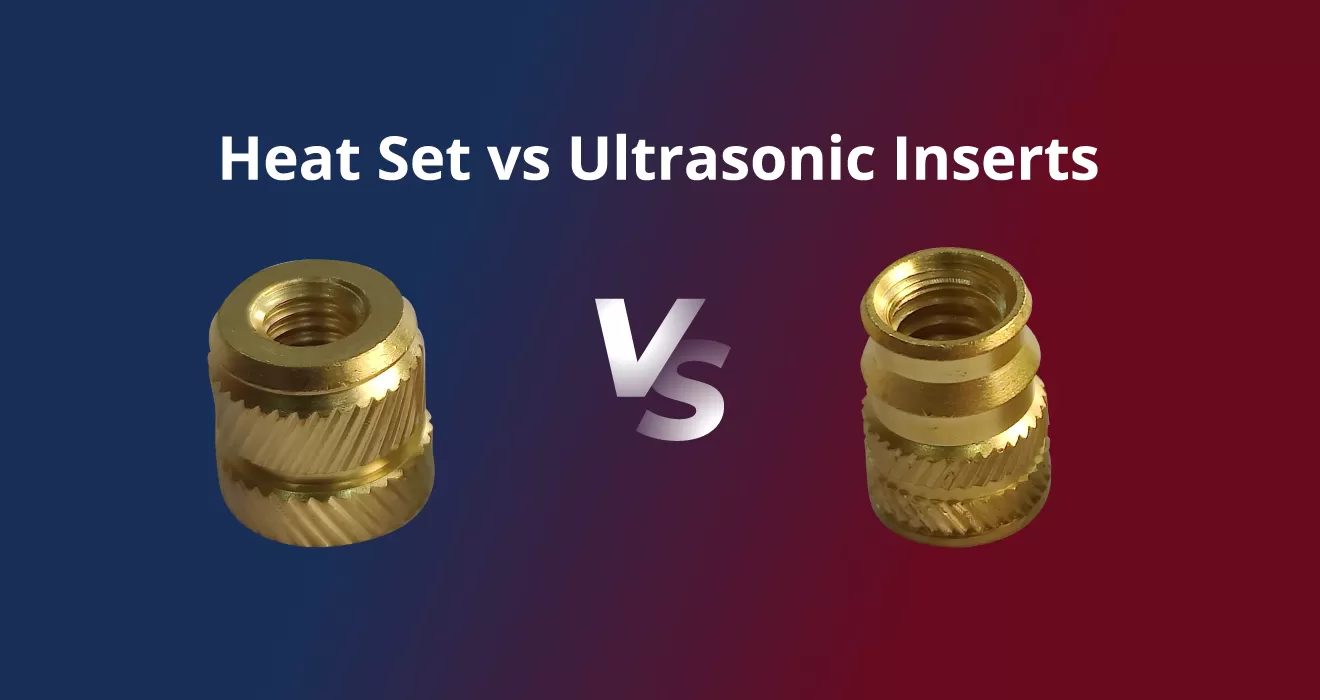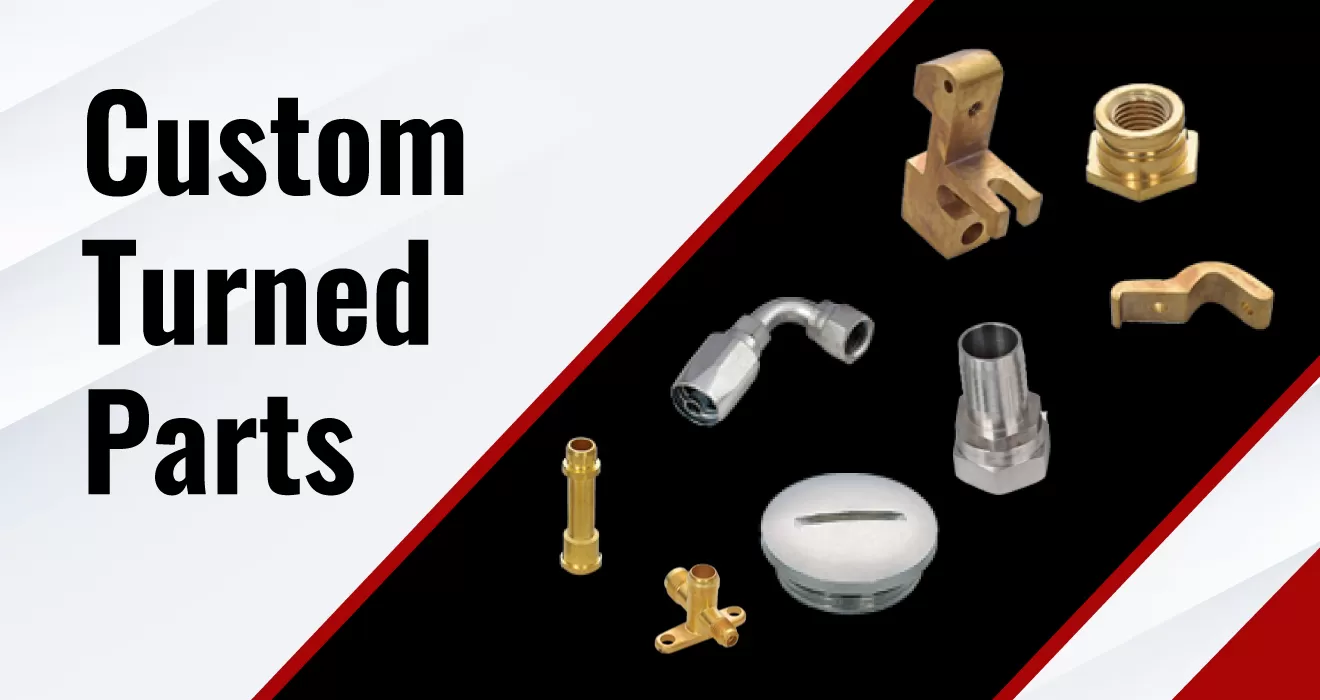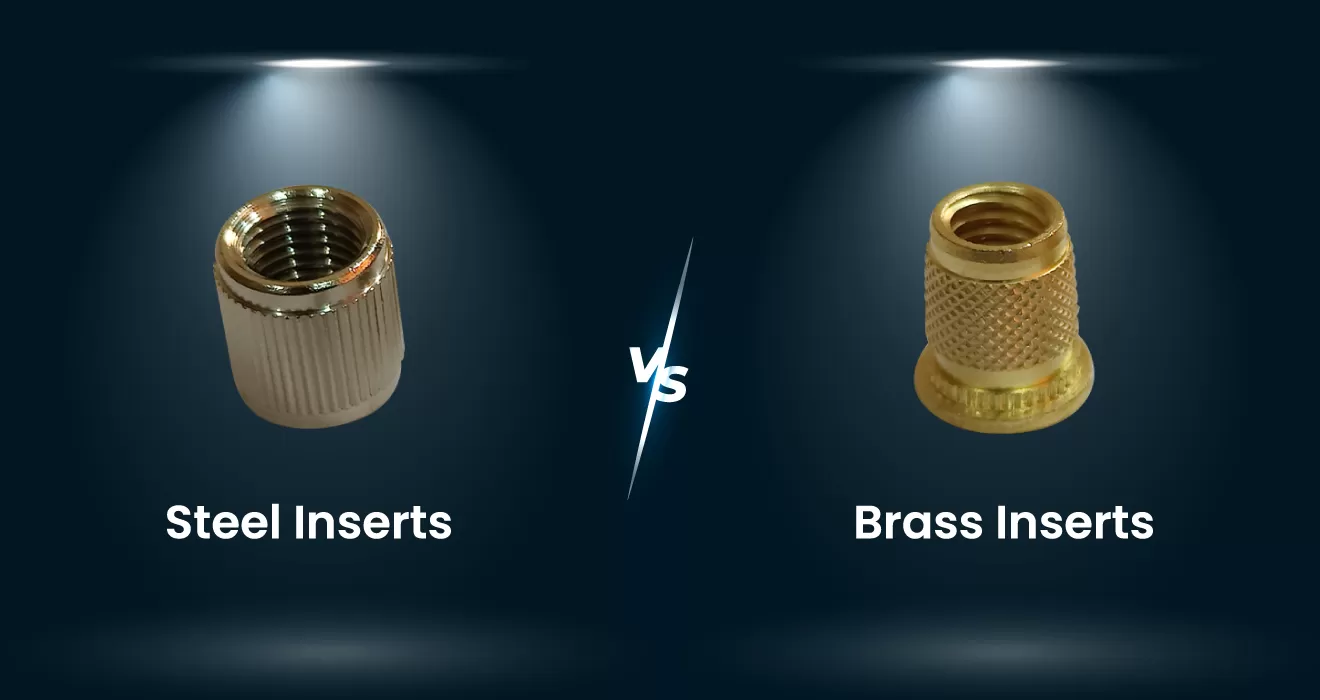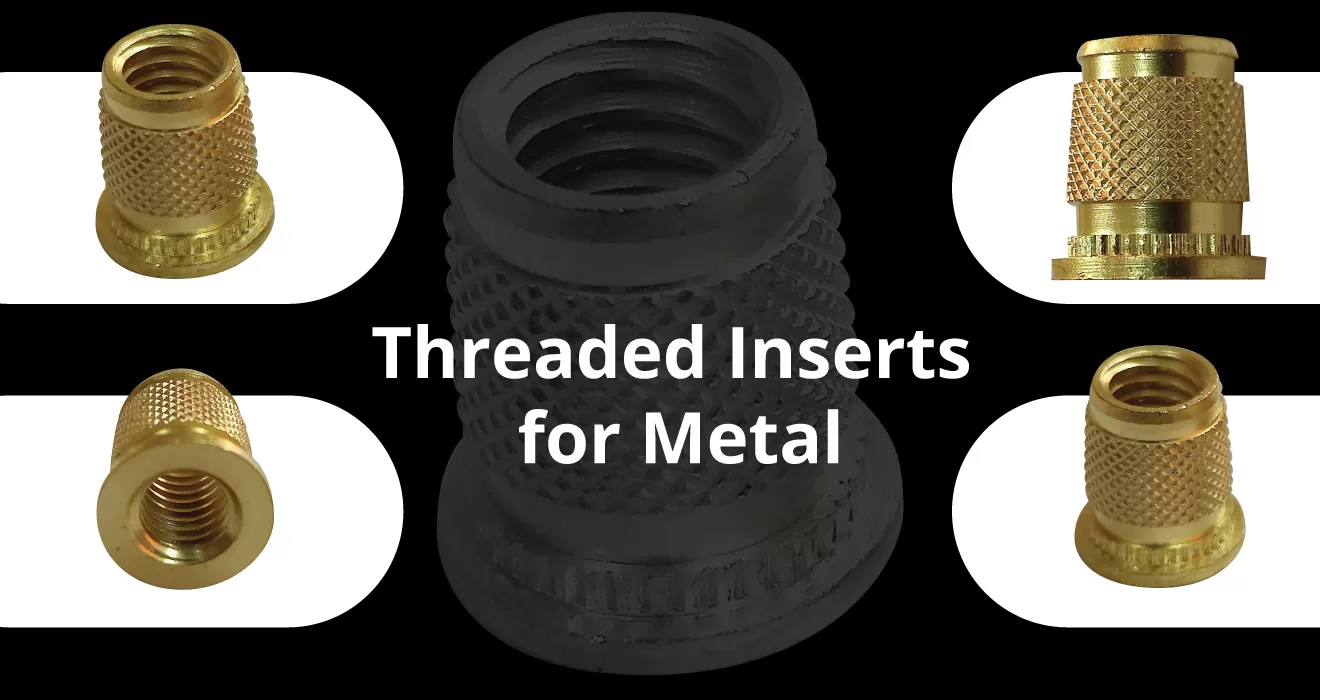How are Heat set Inserts different from Ultrasonic inserts?

Heat set inserts and ultrasonic inserts are two popular fastening solutions used in thermoplastic applications, offering strong, reliable threads for securing components. While both serve similar purposes, they differ significantly in their installation processes, material compatibility, and use cases. Among the various installation methods available, heat staking and ultrasonic insertion stand out as two prominent techniques. Ravi Products explores the key distinctions, advantages, and considerations to help you make an informed decision.
What are heat set inserts?
Heat-threaded inserts, or heat-set inserts, are small metal tubes with internal threading and an external knurled surface. These inserts provide durable threads for bolts and screws in 3D-printed parts. To install them, the inserts are heated until the surrounding plastic softens, allowing them to be pressed into a properly sized hole in the printed part. As the insert and plastic cool, the material hardens around the insert, securing it firmly in place.
What are Ultrasonic Inserts?
An ultrasonic threaded insert is a metal component designed to be embedded into a plastic part after molding. This is achieved using high-frequency ultrasonic vibrations, which generate heat to melt the surrounding plastic, allowing the insert to fuse securely into the component. This process creates a strong, reliable threaded connection, making it an effective post-molding solution for adding threads to plastic parts.
Difference between Heat set Inserts and Ultrasonic Inserts
| Ultrasonic Inserts | Heat Set Inserts |
|---|---|
| Ultrasonic insertion uses the frictional heat produced by high-frequency vibrations to melt the plastic around an insert, facilitating its smooth insertion. | During heat staking, heat-set inserts are pressed into a pre-molded or drilled hole using a thermal press. |
| The ultrasonic insertion method is abrasive. | Thermal or heat insertion is a gentler approach compared to ultrasonic insertion. |
| The speed and reliability of the ultrasonic insertion method make it highly regarded. | Thermal/heat insertion can be slower when installing inserts individually, compared to ultrasonic methods. The insert takes time to cool down which slows the whole process. |
| The risk of damaging the insert is high. | The risk of damaging the insert is low. |
| This method creates metal dust, which may be unnecessary in some applications. | There is no chance of metal dust. |
| The method is also constrained by the number of inserts that can be installed simultaneously. | The method is used for large scale operations. |
| The ultrasonic installation method provides less secure fitting and noisy method. | The heat installation method provides a more secure fitting and no noise at all. |
| Tooling and equipment costs and maintenance are higher. | Tooling and equipment costs and maintenance are comparatively lower. |
Applications
- Heat Set inserts: Heat staking is widely used in the production of appliances like refrigerators, washing machines, and blenders, providing strong and reliable connections for handles, hinges, and control panels, in vehicles, these inserts are used for assembling interior trim, dashboards, lighting components, and various other plastic parts, and components for the telecommunications sector.
- Ultrasonic Inserts: They are integral to the manufacturing of medical device components, automotive parts, aerospace structures, and electronic assemblies, ensuring enhanced functionality and precision. These inserts provide essential support and contribute to the durability and performance of the end products in these critical industries.
Conclusion
Although Heat Set inserts and Ultrasonic Inserts both aim to create strong, secure connections within thermoplastic materials, their installation methods vary significantly. The decision between ultrasonic insertion and thermal/heat staking depends on the specific needs of the project. Ultrasonic insertion is ideal for applications where speed and reliability are critical, while thermal/heat staking may be more suitable for projects that demand a non-abrasive, cost-effective solution. The choice between the two methods is often influenced by factors such as production speed, material type, and the desired bond strength. Each technique offers distinct advantages, allowing for selection based on the specific requirements of the application.
If you have questions about the differences between heat-set inserts and ultrasonic inserts or need guidance on choosing the right method for your application, Ravi Products is here to help! Contact us at export@raviproducts.com for expert advice and tailored solutions to meet your specific requirements. Our team manufactures threaded inserts as per custom requirements and specifications. Reach out to us today.


